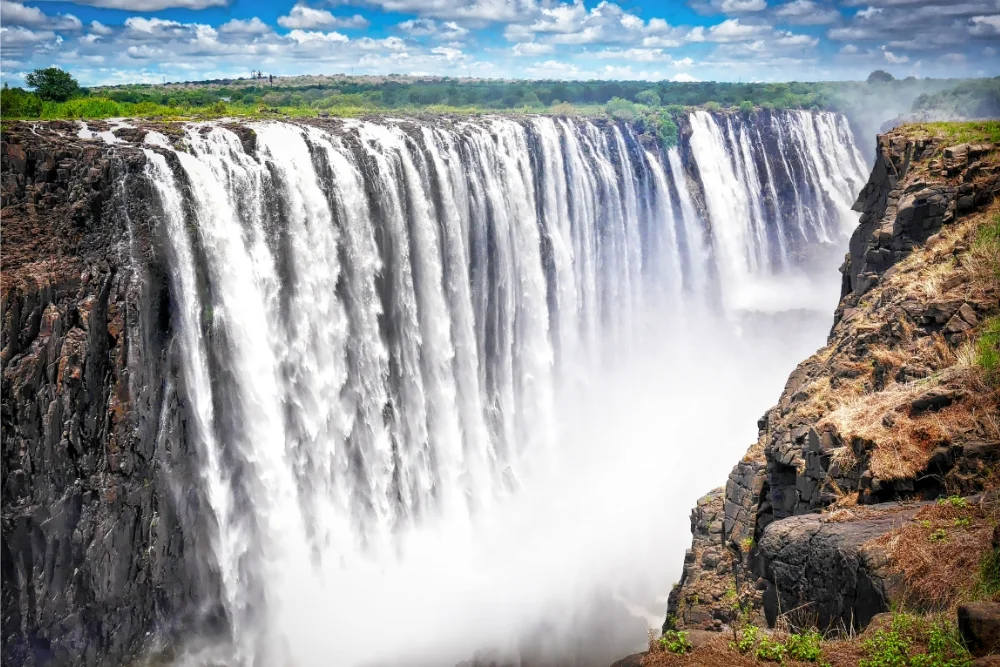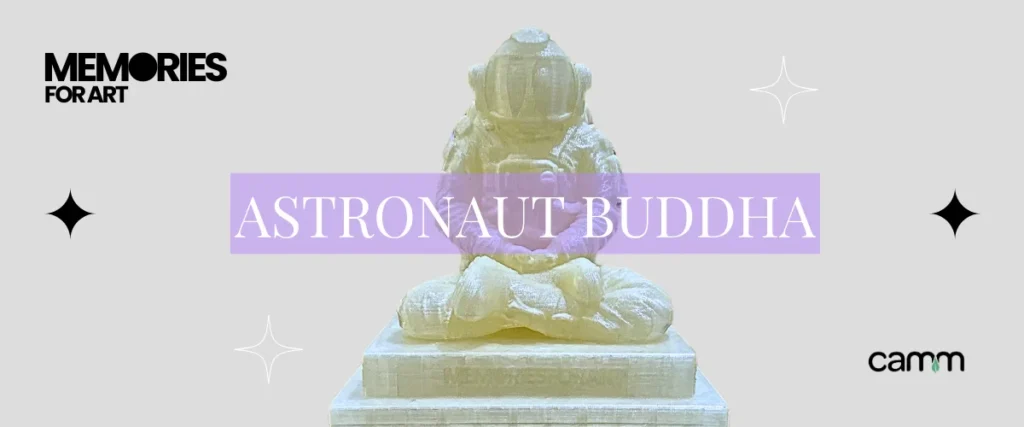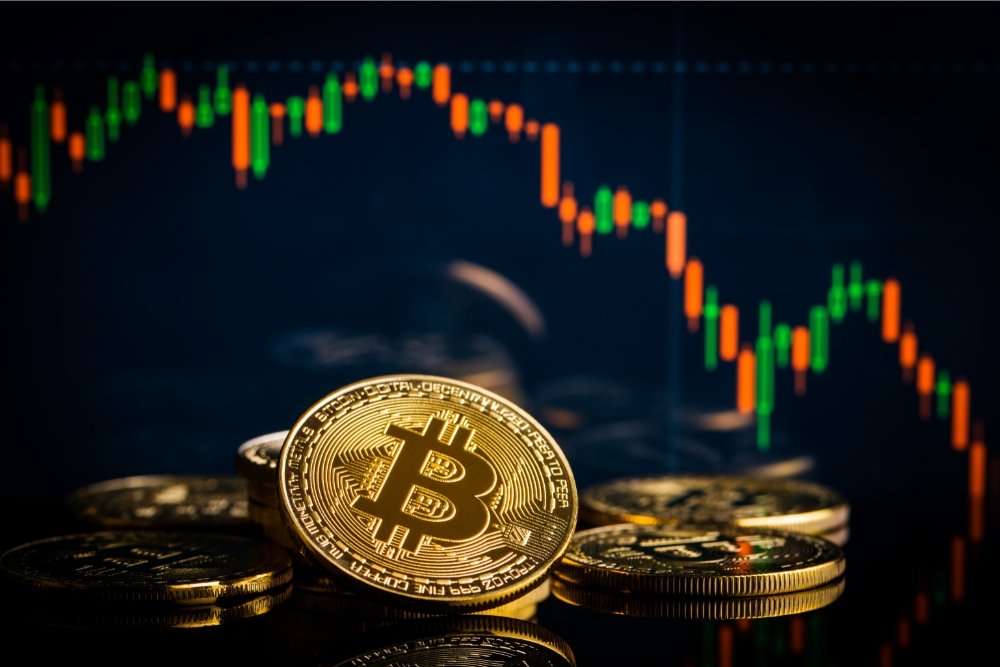Tokenization, enabled by blockchain technology, has emerged as a groundbreaking solution for digitizing physical assets. By converting tangible assets into digital tokens, tokenization revolutionizes ownership transfer and asset management. In this blog post, we will explore the process of tokenizing physical assets, uncover the benefits, and delve into future implications.
Tokenization and its relevance to physical assets
Tokenization refers to converting physical assets, such as real estate, artwork, or commodities, into digital tokens that can be stored and transferred on a blockchain. In this context, a token represents ownership or a share in the asset. Tokenization has gained relevance in recent years due to the rise of blockchain technology, which provides a secure and transparent way to record transactions.
Use of Blockchain Technology for Digitizing and Transferring Ownership
The use of blockchain technology for tokenization offers several benefits. Firstly, it allows for fractional ownership, meaning an asset can be divided into smaller units, making it more accessible to a broader range of investors. It can help democratize investment opportunities and increase liquidity in traditionally illiquid markets.
Secondly, blockchain technology provides transparency and immutability to the tokenization process. Each transaction is recorded on a decentralized ledger, ensuring that the ownership of the asset is easily verifiable and cannot be tampered with. This transparency reduces the risk of fraud and increases trust among participants.
Benefits of Tokenizing Physical Assets
Tokenizing physical assets offers numerous benefits, including increased liquidity, accessibility, transparency, security, and new financing options. As blockchain technology continues to evolve and regulatory frameworks develop, the potential for tokenization to revolutionize the traditional asset market is significant.
Increased Liquidity
Tokenization offers increased liquidity by allowing fractional ownership and easy transferability of digital assets. It opens up investment opportunities to a broader pool of investors, eliminating barriers traditional asset ownership presents.
By tokenizing physical assets, such as real estate or artwork, they can be divided into smaller digital tokens bought and sold on blockchain-based platforms. It allows for fractional ownership, making it easier for investors to enter and exit the market and providing more flexibility and liquidity.
Assess to Investors
Tokenization also opens up access to a broader pool of investors. With traditional physical assets, only a few individuals or institutions can afford to invest. However, tokenizing these assets makes them more accessible to a larger audience, including retail investors. This democratization of investment opportunities can lead to greater participation and diversification in the market.
Enhanced Transparency and Security
Blockchain technology ensures that every transaction is recorded on an immutable ledger, providing a transparent and auditable history of ownership and transactions. It reduces the risk of fraud and increases trust among investors. Smart contracts and decentralized ledgers eliminate intermediaries, reducing the risk of fraud and improving asset security.
Fractional Ownership Opportunities
Tokenization enables the subdivision of physical assets into smaller units, offering fractional ownership opportunities. It allows investors to diversify their portfolios and access high-value assets that were previously challenging to acquire.
Tokenization can also unlock new financing options. For asset owners, tokenizing their physical assets can provide an avenue for raising capital. They can sell a portion of the tokens representing their assets to investors, allowing them to access funds without needing to sell the entire investment. It can be particularly beneficial for illiquid assets, such as real estate, where selling the whole property may be challenging and desirable.
Steps to Implement Tokenization for Physical Assets
Identify the Asset(s) to Tokenize
Choose the physical assets suitable for tokenization, ranging from real estate properties to art collections, ensuring they have a substantial value proposition for potential investors.
Determine Regulatory and Legal Considerations
Thoroughly research the legal and regulatory framework surrounding tokenization in your jurisdiction. Ensure compliance with securities regulations and seek legal counsel if necessary.
Choose a Suitable Blockchain Platform
Select a blockchain platform that suits your tokenization requirements. Consider scalability, security, innovative contract capabilities, and compatibility with desired token standards.
Create the Asset Token
Create a unique digital token to represent the physical asset. Determine the parameters of the token, such as token supply, divisibility, and any associated rights or benefits.
Establish a Tokenized Asset Management System
Set up a system to manage the tokenized asset. It involves developing an intuitive user interface, ensuring compliance with regulatory reporting, and facilitating trading on secondary markets.
Potential Impact of Tokenization on the Asset Management Industry
Tokenization has the potential to impact significantly the asset management industry. Tokenization represents real-world assets, such as real estate or fine art, as digital tokens on a blockchain. This technology can potentially revolutionize how assets are bought, sold, and managed.
One potential impact of tokenization is increased liquidity. Many assets, such as real estate or private equity, need more liquidity. It can be not easy to buy or sell these assets quickly. However, by tokenizing these assets, trading them on a digital exchange becomes much more accessible. Increased liquidity could attract more investors to these markets and provide more significant opportunities for diversification.
Another potential impact is increased accessibility. Traditional asset management has typically been limited to wealthy individuals or institutional investors. However, tokenization has the potential to lower the barriers to entry and allow smaller investors to access a broader range of assets. It could democratize investing and provide more opportunities for individuals to grow their wealth.
Furthermore, tokenization could enhance transparency and efficiency in the asset management industry. Recording asset ownership on a blockchain makes it easier to verify ownership and track transactions. This increased transparency can help reduce fraud and increase trust in the industry. Using smart contracts on the blockchain can also automate specific processes, reducing paperwork and administrative costs.
However, it’s important to note that tokenization also has challenges and risks. Regulatory frameworks and legal considerations must be developed to protect investors and prevent illicit activities. The technology must also be robust and secure to protect against hacking or fraud.
Conclusion
Tokenization has the potential to disrupt and transform the asset management industry. It reshapes how physical assets are owned and managed by providing increased liquidity, fractional ownership opportunities, and enhanced transparency.
By following the steps outlined above, assets can be effectively tokenized, unlocking a world of possibilities in the digital economy. However, market participants, regulators, and technology providers must collaborate and address the challenges to fully realize the potential of tokenization.






